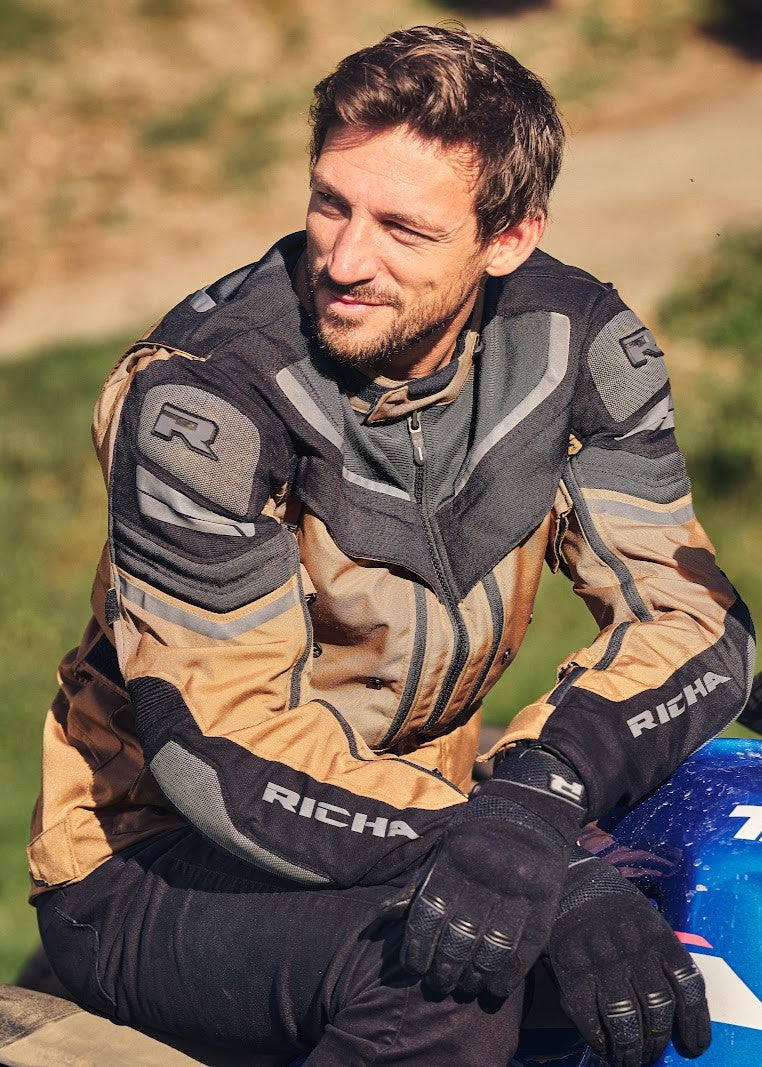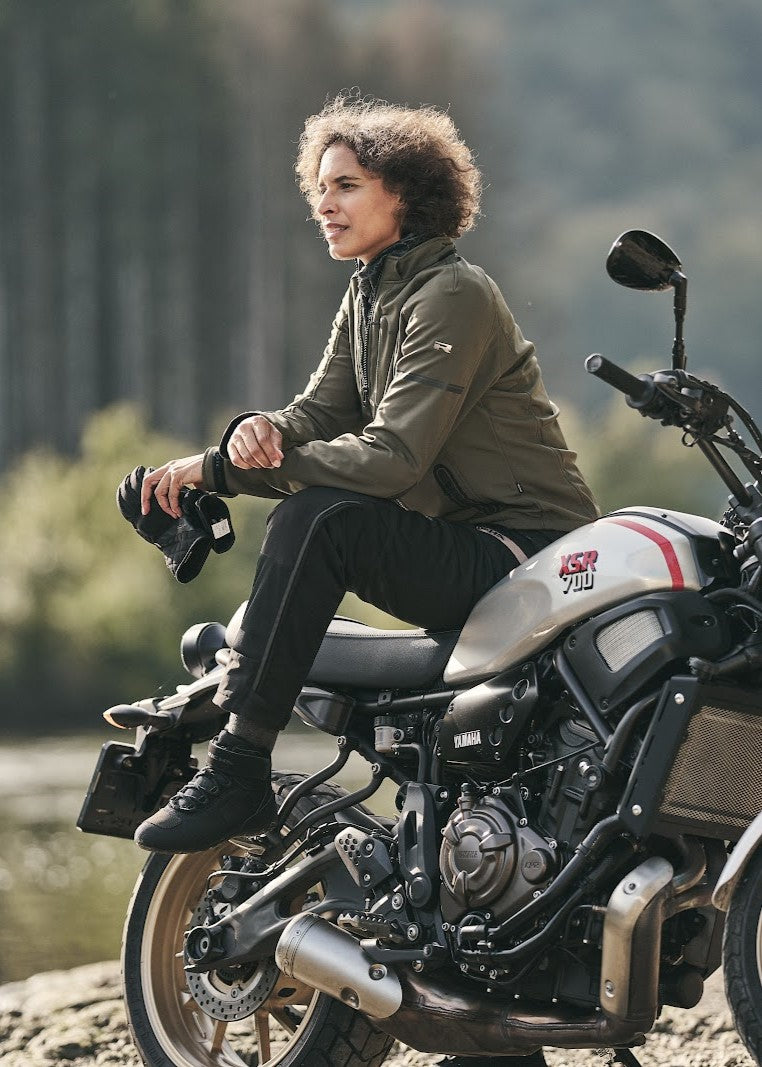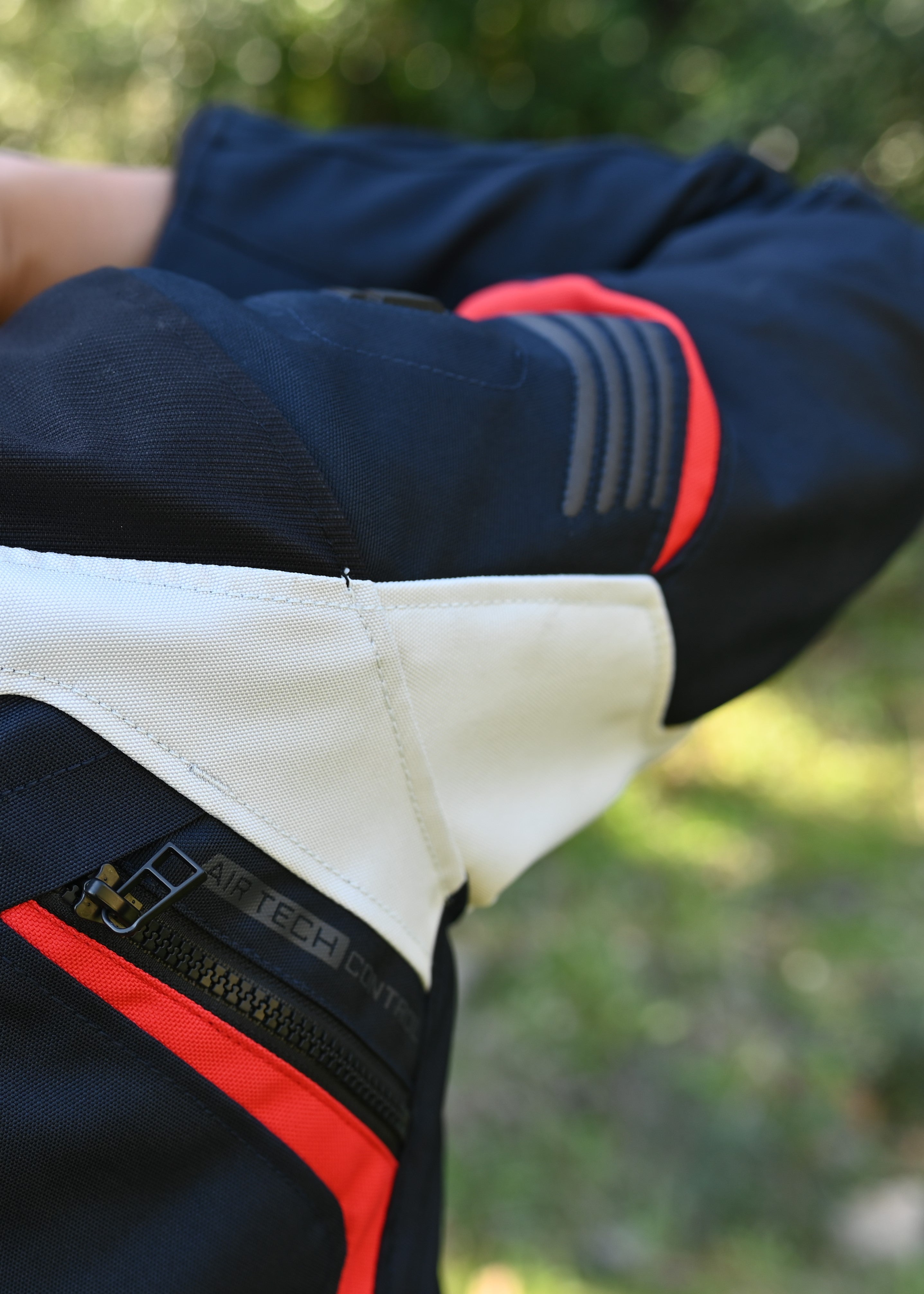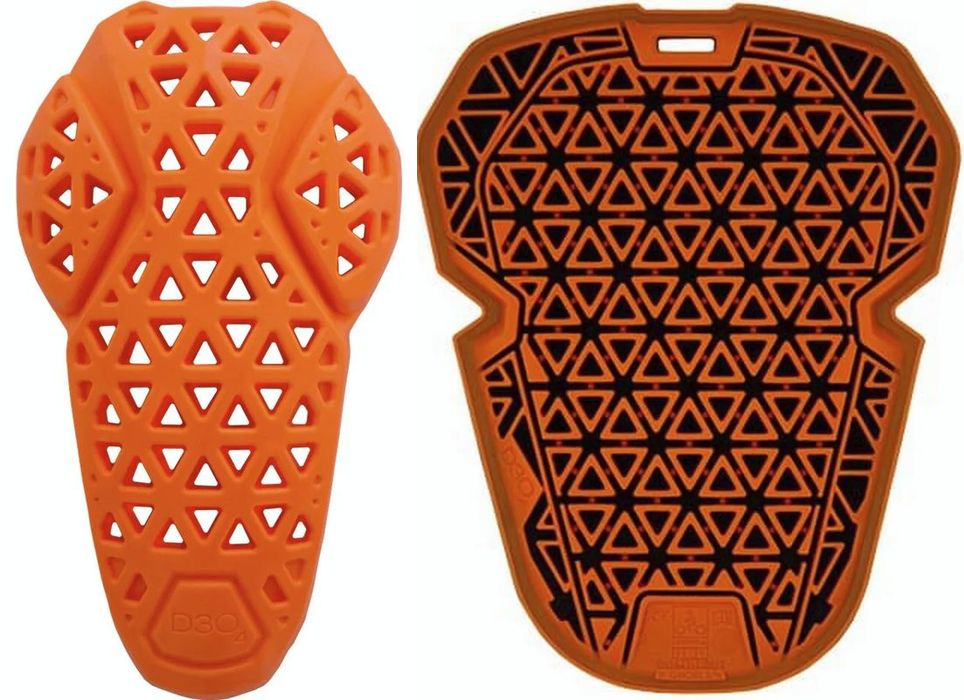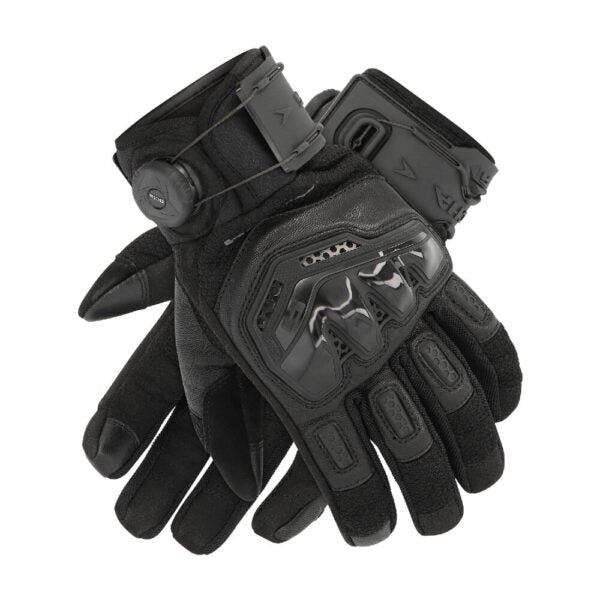
Motorcycle Jacket Layering Tips for All-Year Riding
Riding a motorcycle year-round requires preparation to stay comfortable and safe in varying weather conditions. Proper jacket layering is key to managing temperature, wind, and precipitation while maintaining mobility and protection. This guide shares practical motorcycle jacket layering tips for all-year riding, optimized to help you ride confidently in any season.
Why Layering Matters for Motorcycle Riders
Layering allows riders to adapt to changing weather, from chilly spring mornings to scorching summer afternoons or rainy fall commutes. A well-layered motorcycle jacket setup provides:
- Temperature regulation: Stay warm in cold weather and cool in heat.
- Weather protection: Shield against wind, rain, and humidity.
- Comfort and mobility: Maintain flexibility for safe riding.
- Safety: Ensure protective gear remains effective without compromising fit.
Below, we’ll break down the essential layers and tips for year-round riding, with specific strategies for each season.
The Three-Layer System for Motorcycle Jackets
The three-layer system—base layer, mid-layer, and outer layer—is a proven approach for all-year motorcycle riding. Each layer serves a distinct purpose and combining them correctly ensures optimal comfort and protection.
1. Base Layer: Moisture Management
The base layer sits closest to your skin and is responsible for wicking sweat to keep you dry. A dry base layer prevents discomfort in hot weather and hypothermia in cold conditions.
- Material: Choose moisture-wicking fabrics like merino wool or synthetic blends (e.g., polyester or nylon). Avoid cotton, as it retains moisture and can make you feel clammy or cold.
- Seasonal Tips:
- Summer: Opt for lightweight, breathable base layers with short sleeves for maximum ventilation.
- Winter: Use heavier, long-sleeve base layers made of merino wool, or similar, for insulation and warmth.
Pro Tip: Look for base layers with anti-odor properties for multi-day rides.
2. Mid-Layer: Insulation
The mid-layer provides warmth by trapping body heat. It’s critical for cold-weather riding but can also be adjusted for milder conditions.
- Material: Fleece, synthetic insulators (e.g., Richa PrimaLoft), or lightweight down jackets work well. Choose a mid-layer that’s snug but not restrictive.
- Seasonal Tips:
- Spring/Fall: A thin fleece or softshell jacket adds warmth without bulk.
- Winter: Use a thicker fleece or insulated jacket for extra warmth.
- Summer: Skip the mid-layer or use a lightweight vest for minimal insulation.
- Recommendation: Check out motorcycle-specific mid-layers like Richa’s Houdini jacket mid-layer, which is designed to fit under riding jackets.

Pro Tip: Ensure your mid-layer allows room for your jacket’s armor to sit properly for safety.
3. Outer Layer: Protection and Weather Resistance
The outer layer is your motorcycle jacket, which serves as the primary barrier against wind, rain, and impacts. It should be durable, weather-resistant, and equipped with proper armor.
- Material: Look for jackets with abrasion-resistant materials like leather or high-denier textiles (e.g., Richa’s Cordura). Waterproof membranes like Gore-Tex or Richa’s AquaShell are ideal for wet conditions.
- Features:
- D3O CE-rated armor at shoulders, elbows, and back for impact protection.
- Ventilation zippers for hot weather.
- Adjustable cuffs, collars, and waists for a snug fit over layers.
- Seasonal Tips:
- Summer: Choose a mesh or perforated leather jacket for airflow.
- Winter: Opt for a fully waterproof, insulated jacket with a removable thermal liner.
- Spring/Fall: Use a multi-season jacket with adjustable ventilation and a detachable rain liner.
- Recommendation: Popular options include the Richa Infinity 2, Brutus Gore-Tex, or Atlantic 2 GTX for versatility.

Pro Tip: Invest in a jacket with a modular design (removable liners) to adapt to changing conditions without needing multiple jackets.
Seasonal Layering Strategies
Here’s how to adapt your layering for each season:
Spring: Variable Weather
Spring brings fluctuating temperatures and occasional rain. Focus on versatility:
- Base Layer: Lightweight, moisture-wicking long-sleeve shirt.
- Mid-Layer: Thin fleece or softshell for morning chill.
- Outer Layer: Waterproof textile jacket with ventilation zippers.
- Extra: Carry a compact rain liner for sudden showers.
Summer: Heat and Humidity
Hot weather demands breathability and sun protection:
- Base Layer: Short-sleeve, moisture-wicking shirt with UV protection.
- Mid-Layer: Skip or use a lightweight cooling vest.
- Outer Layer: Mesh jacket with maximum airflow and CE-rated armor.
- Extra: Apply sunscreen and stay hydrated to combat heat.
Fall: Cool and Crisp
Fall riding requires balancing warmth and ventilation:
- Base Layer: Medium-weight, long-sleeve base layer.
- Mid-Layer: Fleece or insulated vest for added warmth.
- Outer Layer: Multi-season jacket with a windproof liner.
- Extra: Add a neck gaiter to block chilly drafts.
Winter: Cold and Wet
Winter demands maximum insulation and weather protection:
- Base Layer: Heavy merino wool or thermal base layer.
- Mid-Layer: Thick fleece or synthetic insulated jacket.
- Outer Layer: Fully waterproof jacket with thermal liner and storm flaps.
- Extra: Use heated gear (e.g., gloves or vest) for extended cold rides.

Additional Tips for All-Year Motorcycle Layering
- Check Fit: Ensure layers don’t restrict movement or compromise armor placement. Test your setup before long rides.
- Ventilation is Key: Even in cold weather, riding generates heat. Use jackets with adjustable vents to prevent overheating.
- Pack Smart: Carry compact layers (e.g., packable rain liners) in your saddlebags for unexpected weather changes.
- Maintenance: Clean and reproof waterproof layers regularly to maintain performance. Follow manufacturer care instructions.
- Visibility: Add reflective or high-visibility accessories in low-light conditions, especially in fall and winter.
Common Mistakes to Avoid
- Overlayering: Too many layers can restrict movement and cause overheating. Stick to the three-layer system and adjust as needed.
- Ignoring Armor: Ensure your jacket’s CE-rated armor stays in place, even with added layers.
- Choosing Cotton: Cotton base layers trap moisture, leading to discomfort in hot or cold conditions.
- Skipping Waterproofing: A non-waterproof jacket can leave you soaked in unexpected rain. Always have a rain liner or waterproof outer layer.
Conclusion
Mastering motorcycle jacket layering allows you to ride comfortably and safely in any season. By using the three-layer system—moisture-wicking base, insulating mid-layer, and protective outer layer—you can adapt to heat, cold, rain, or wind. Invest in quality gear, plan for your climate, and always prioritize safety with proper armor and fit. With these tips, you’re ready to hit the road year-round!
Ready to upgrade your gear? Check out trusted brands like Richa for versatile, high-performance motorcycle jackets and layering options.


